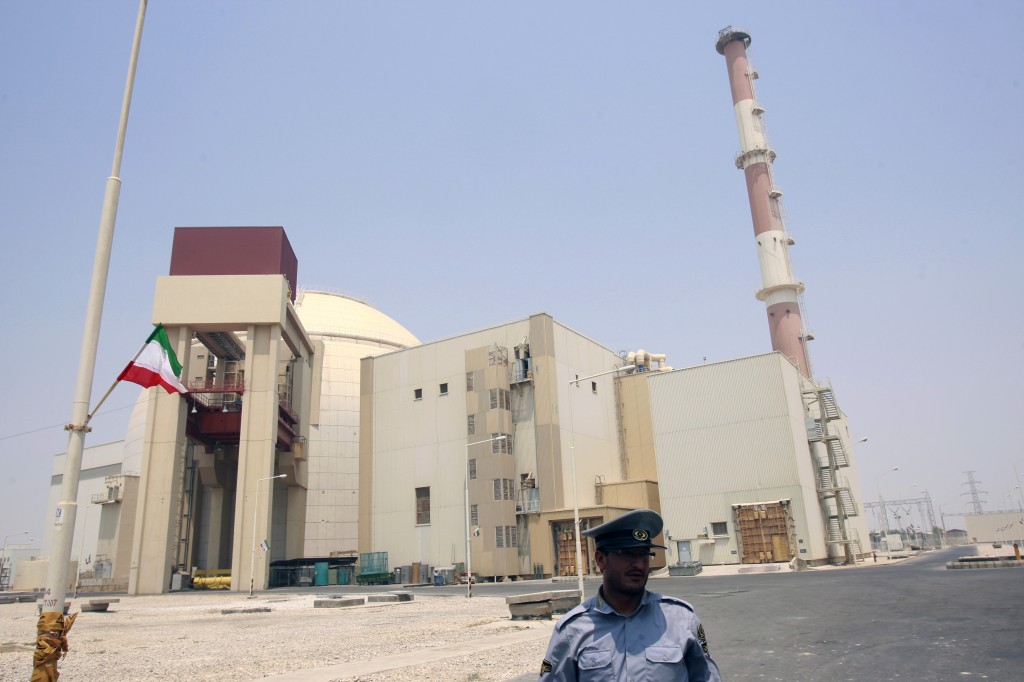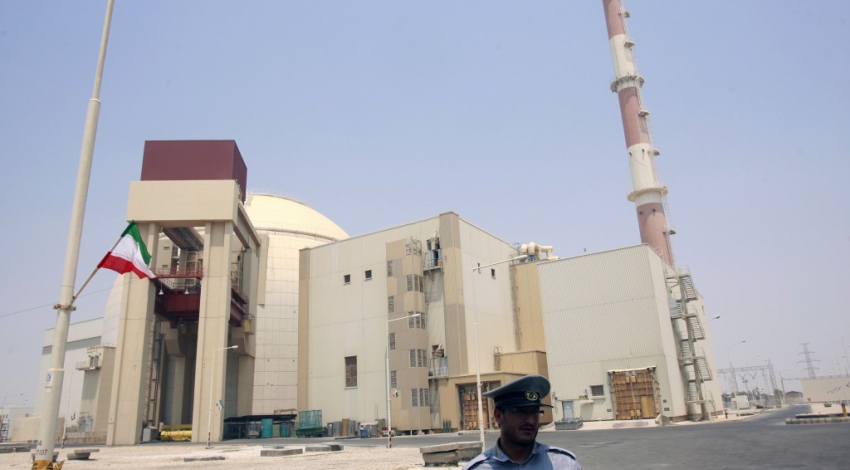 Iranian officials met this week with their six-power counterparts to try to hammer out the outlines of a comprehensive nuclear deal set to last for several years. But its precise duration remains undecided.
Iranian officials met this week with their six-power counterparts to try to hammer out the outlines of a comprehensive nuclear deal set to last for several years. But its precise duration remains undecided.Reaching an agreement will be a monumentally challenging task because all the parties have veered away from international law and are trying to make ad hoc arrangements. They should instead aim for a permanent, straightforward and legal solution whose basis already exists. Successfully sealing a deal with Iran may also help Western efforts to stabilize the situation in Iraq,where Iranian and Western interests align.
Late last year, the United States, Britain, China, Russia, Germany and France reached an interim deal with Iran to freeze and roll back some of its nuclear program in exchange for limited relief from sanctions. These interim arrangements are set to expire July 20. According to the agreed Joint Plan of Action, another six-month stopgap deal may be signed after the first one expires. But a comprehensive long-term agreement should be reached within a year, by late January 2015.
 Though there was a great deal of optimism initially, the negotiations have recently bogged down, with the duration of the comprehensive deal a sticking point. Tehran appears to favor a three-year timeframe, while Washington insiders have suggesteda 10-year or 20-year agreement.
Though there was a great deal of optimism initially, the negotiations have recently bogged down, with the duration of the comprehensive deal a sticking point. Tehran appears to favor a three-year timeframe, while Washington insiders have suggesteda 10-year or 20-year agreement.The timeframe is important because, according to the existing Joint Plan of Action, after the comprehensive deal expires, the Iranian nuclear program will be treated in the same manner as that of any non-nuclear weapon state party to the Nuclear Non-Proliferation Treaty meaning leniently.
So whatever is decided will be temporary by design.
Up to now, one main point of contention has been the number of centrifuges, used in the enrichment of uranium, that Iran will be allowed to have. Such limits are important, according to the Institute for Science and International Security, because they would lengthen the time needed for Iran to break out and enrich uranium to weapons-grade in any presumptive race to build a bomb. But because the comprehensive deal would be temporary by design, this is hardly a lasting solution.
Others have suggested that such limits are meaningless. As one commentator said, This is completely wrong. Breakout is precisely the wrong measure of whether a deal is successful, because the Iranians, according to this argument, would use a covert facility to break out if they wanted to do that.
 Instead of obsessing over breakout capability, more emphasis onverification and intrusive inspectionsabove and beyond what is codified in international law has been suggested.
Instead of obsessing over breakout capability, more emphasis onverification and intrusive inspectionsabove and beyond what is codified in international law has been suggested.There are two problems with these approaches. First, they are ad hoc requirements imposed on Iran that are not based on any international law. Second, the proposed solutions are not lasting. They may sound like they are harsh on Iran, but they evaporate after an undetermined number of years.
A better solution is to craft a lasting agreement based on existing frameworks in arms control law.
One such framework is the Additional Protocol. This is a legal document complementing Irans existing safeguards agreement with the International Atomic Energy Agency (AIEA). The protocol enables the IAEA not only to verify the non-diversion of declared nuclear material but also to provide assurances as to the absence of undeclared nuclear material and activities in a state.
Although it is far from perfect even with this protocol in force, a nation could fool the IAEA if it wanted to the protocol is a step above the bare safeguards agreement between Iran and the IAEA.
There may be some risk that Iran would cheat on this protocol, but the historical record suggests otherwise. Iran has never been accused of manufacturing nuclear weapons. The IAEA did determine that Iran was in non-compliance with its safeguards agreement in 2005. But this was a technical matter dealing with accounting for nuclear materials. Non-compliance did not mean that Iran was making nuclear weapons.
For example, South Korea, in 2004, and Egypt, in 2005, also violated their safeguards agreements. But these U.S. allies were never even referred to the United Nations Security Council, let alone targeted for sanctions. Pierre Goldschmidt, a former deputy director of safeguards at the IAEA, has noted the danger of setting bad precedents based on arbitrary criteria or judgments informed by political considerations at the IAEA.
In any case, a decade ago Iran did not have the enriched fissile material needed to make bombs. Even if it wanted to. Hans Blix, a former head of the IAEA, has stated: Iran has not violated the [Treaty on Non-Proliferation of Nuclear Weapons]. He added, there is no evidence right now that suggests that Iran is producing nuclear weapons.
In 2011, following his more than decade-long tenure as the director of the IAEA, Mohamed ElBaradei, the Nobel Peace Prize laureate, said that he had not seen a shred of evidence that Iran was pursuing the bomb. All I see, ElBaradei said, is the hype about the threat posed by Iran.
IAEA records show that all substantial safeguards issues raised in 2005 had been resolved in Irans favor by 2008. So Iran was again in compliance with its safeguards agreement at that date.
All U.N. Security Council sanctions ought to have been dropped at that point. Yet Irans nuclear filestill remains tied up at the Security Council due largely to the IAEAs and Security Councils mishandling of the case. The poor quality of the scientific evidence against Iran some of it possibly fabricated does not justify continued U.N. sanctions.
Out of all the countries it inspects, the IAEA spends the second-highest amount of money on nuclear inspections in Iran. Only Japan, which has a vastly larger nuclear infrastructure, accounts for a larger amount. About 12 percent of the IAEAs $164 million inspections budget is spenton Iran, but that percentage has increased to 17 percent during the interim deal because of the even more intrusive and therefore expensive inspections being carried out. On a per nuclear facility basis, in fact, the IAEA spends the largest amount of its inspections budget on Iran.
Comprehensive deal or not, the IAEA will continue to conduct in Iran one of the most thorough and intrusive inspections it carries out anywhere.
Given this history and the critical situation in Iraq today, it makes little sense going for broke trying and failing to get a very stringent but temporary deal. Getting Tehran to agree to ratify the Additional Protocol permanently would be a far more meaningful and sustainable accomplishment and would have the benefit of being within existing arms control law.
By Reuters
The Iran Project is not responsible for the content of quoted articles.











